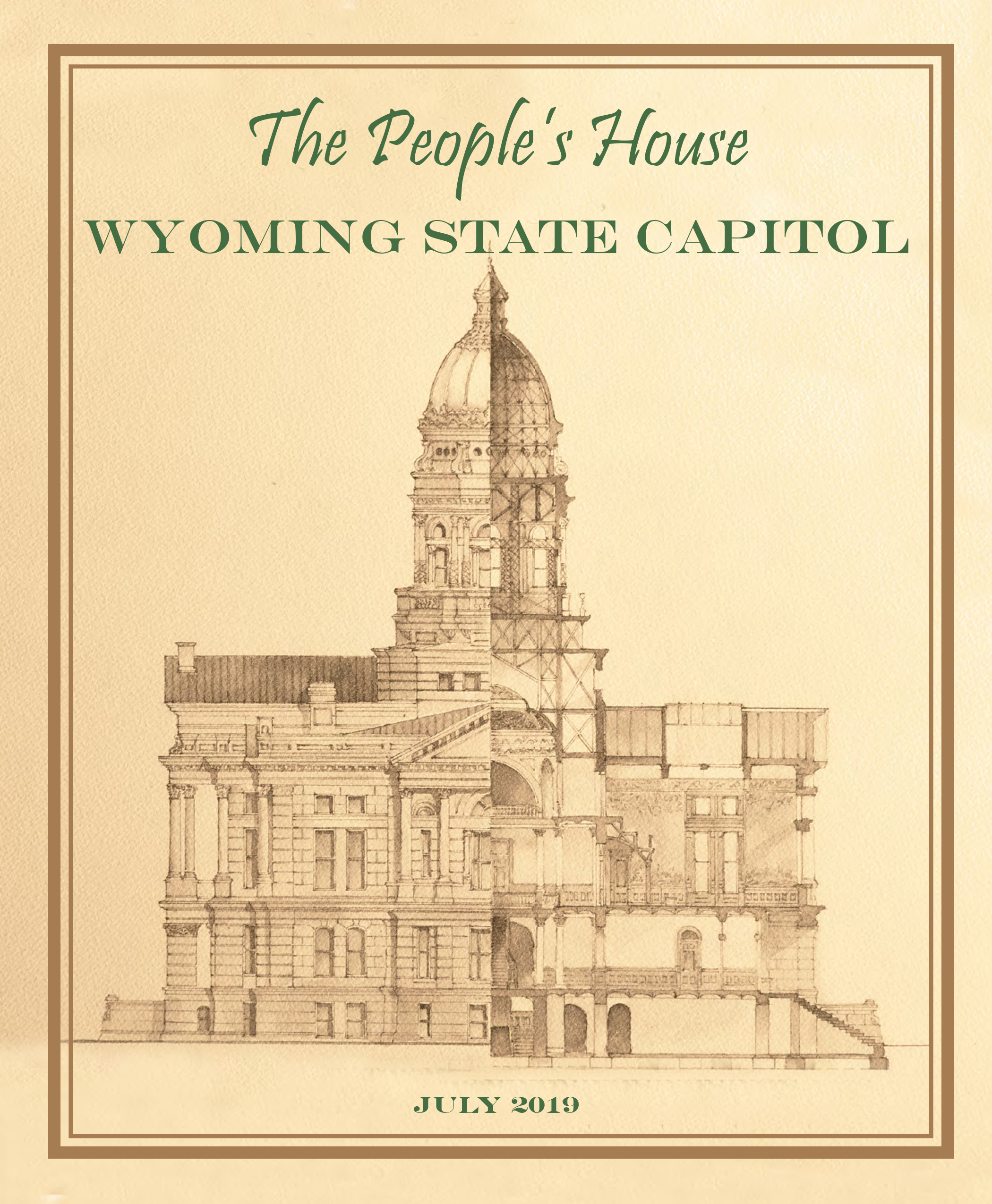Budget
PROJECT AUTHORIZATION AND BUDGET
The Legislature authorized and directed the project to proceed in 2014 through a combination of savings and inter-fund borrowing. (2014 Wyo. Sess. Laws, Ch. 40, Senate Enrolled Act 43, Original Senate File 103) By law, work on the Capitol, Herschler Building, below-grade connector, and central utility plant was authorized to proceed as a single construction project. These components are described below. There is a $299 million budget cap for the project, which includes design fees, administrative overhead, temporary space costs, enabling work, contingency funds, and approximately $219 million in construction.
Saving Funds for the Project
In 2003, the Wyoming Legislature established an account to set aside funding for the project. Sources of funding consist primarily of reversions from other State construction projects and direct appropriations. The account had accumulated over $100 million by the start of the project in 2014. (2003 Wyo. Sess. Laws, Ch. 131, Sec. 332).
Four Construction Components and Costs
Wyoming’s Capitol has never had a comprehensive restoration in its 130-year history. The Capitol Square Project is comprised of four interrelated construction components: the rehabilitation and restoration of the Capitol; replacement, relocation, and expansion of the central utility plant serving five State buildings; the remodel and expansion of the tunnel that connects the Capitol to the Herschler Building; and the rehabilitation and expansion of the Herschler Building. These major components, combined with site work and landscaping ($8 m), totaled approximately $219 million of the $299 million budget for the project at the start of construction in 2016.
Capitol Rehabilitation and Restoration: The Capitol is undergoing extensive rehabilitation to replace outdated building systems, add critical life safety infrastructure, and address public space needs, especially the need for larger meeting rooms. This invasive work creates the ability to restore historic building features. The budget is approximately $116 million.
Central Utility Plant Replacement (CUP): The existing central utility plant (CUP) has been replaced, relocated, and expanded to accommodate additional equipment. The CUP services five buildings in the Capitol Complex and has been in need of replacement for many years. The budget for this portion of the project is approximately $19 million.
Connecting Tunnel Remodel and Expansion (Capitol Extension): The tunnel that connects the Capitol to the Herschler Building will be expanded underneath the Herschler Building extending almost all the way to 26th Street to accommodate public space needs that cannot be met in the Capitol. To manage the budget, two additional meeting rooms, an auditorium, and a student learning center will be built, but may not be finished, depending on contingency funds available at the end of the project. These amenities were added in the last year to plan for future needs. The budget is approximately $19 million.
Herschler Building Remodel and Expansion: The Herschler Building is being remodeled and expanded to house functions that have been displaced from the Capitol. The atrium on the north side of the building has been removed to improve building efficiency and security, and to restore views to the Capitol. Approximately 56,000 square feet of additional space will be added to the building. The east wing is anticipated to be completed in the spring of 2018 and the west wing’s estimated completion date is in mid-2019. The budget is approximately $57 million.
Other project costs
The other $80 million of the $299 million available has been allocated to:
Furnishings, fixtures, and equipment (FF&E).
Design services and other owner expenses.
An Owner’s Contingency fund to address unanticipated needs for the project.
Moving, tenant improvements for temporary space, and temporary space leases.
Several State assets have been improved as part of this project, including creation of a parking lot on Pioneer Avenue, remodeling of the Idelman Mansion and the Capitol Hill Building, as well as the relocation and upgrade of a State network center from the Herschler Building to the State Library.


